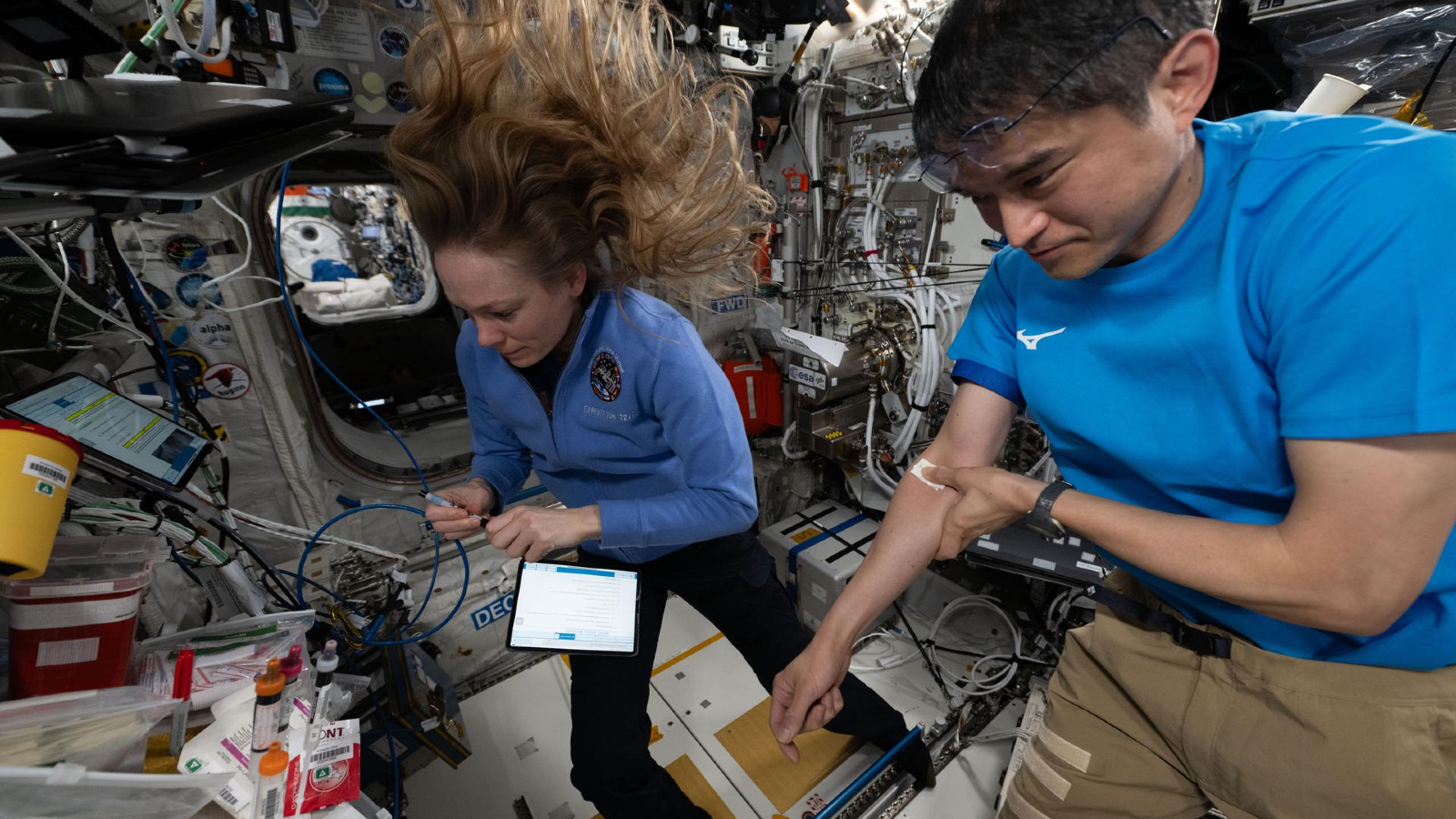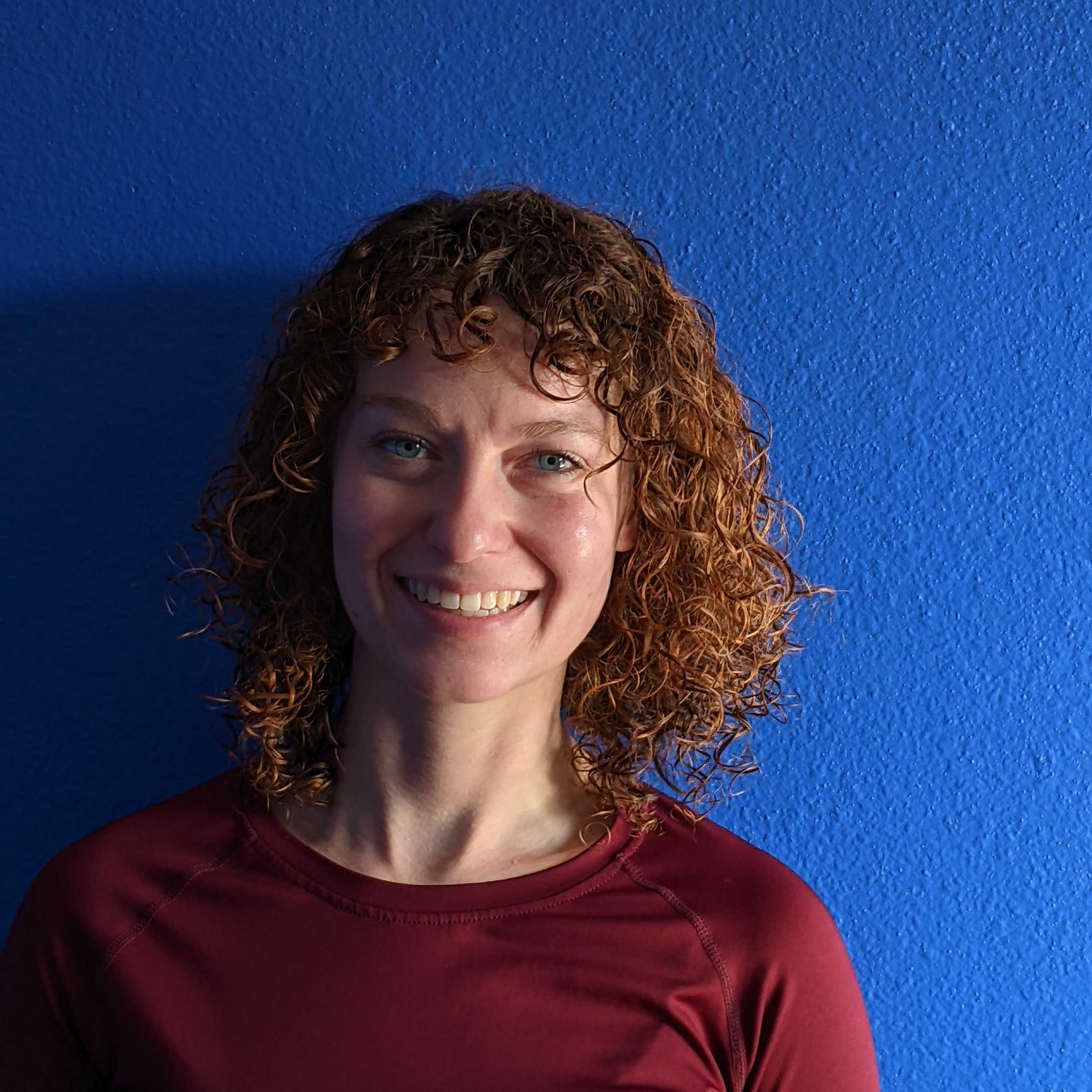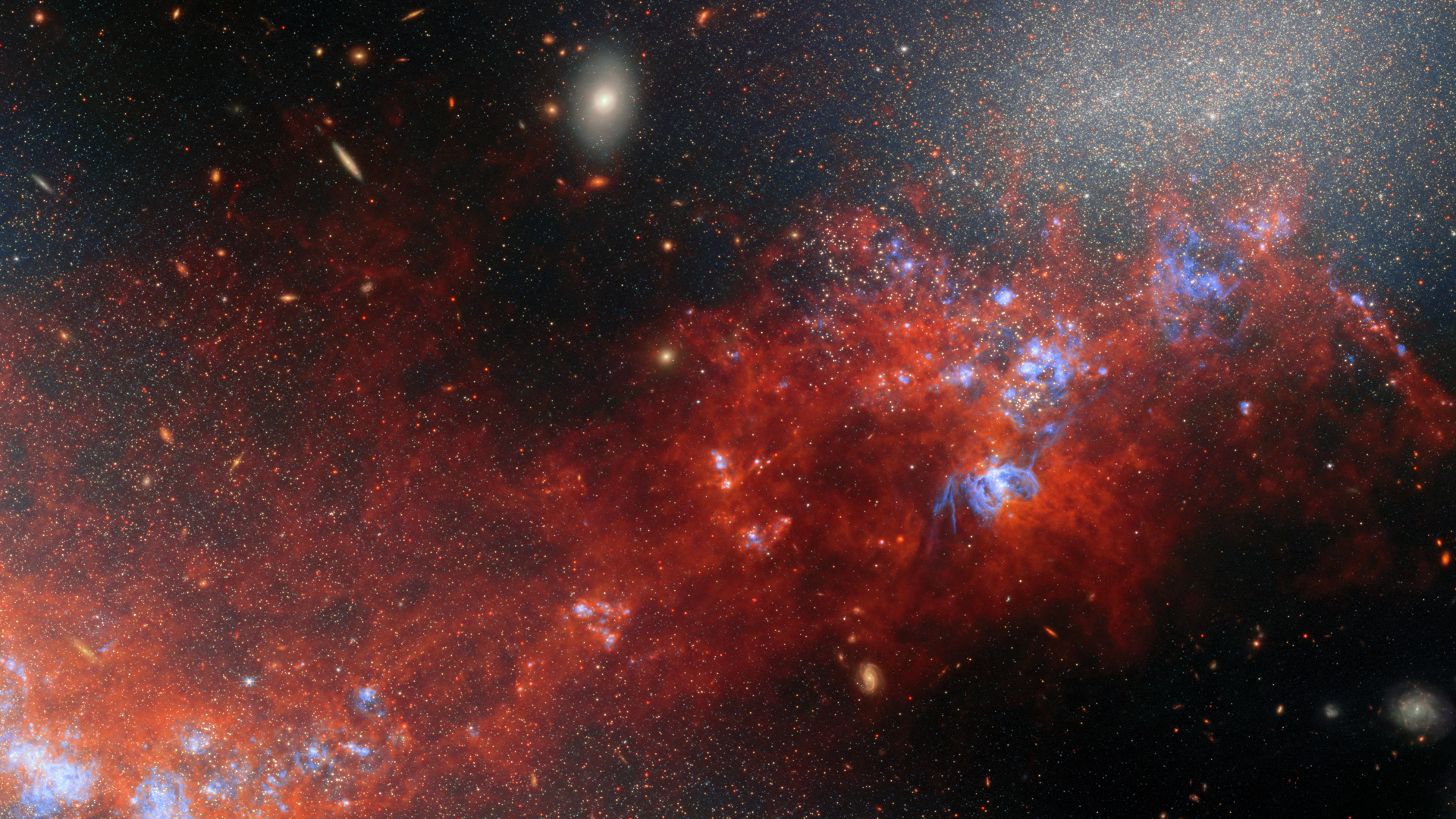Astronauts collect blood aboard the ISS | Space photo of the day for July 21, 2025
This process is part of a larger project looking at studying how being in space affects the human body.

Aboard the International Space Station, astronauts work to study how the microgravity atmosphere affects human health, such as muscle development and bone structure.
What is it?
As part of a project to look at how microgravity affects cellular health, ISS Commander Takuya Onishi of JAXA (Japan Aerospace Exploration Agency) and NASA Expedition 73 Flight Engineer Nichole Ayers collect blood samples from the astronauts on the space station.
Given that gravity is almost nonexistent on the ISS, it can make things like blood collection somewhat challenging, as things float away or have to be tied down.
Where is it?
This photo was taken aboard the ISS, around 250 miles (402 km) from Earth in low-Earth orbit.
Why is it amazing?
The blood being collected in this image is part of the larger Immunity Assay human research investigation project, which looks at any signs of possible space-caused stress on cells in the body. Microgravity, radiation, confinement and a change in sleep-wake cycles and can exert pressure on cells, driving lower immune systems and making astronauts more susceptible to being sick during or after missions.
By collecting and analyzing blood, experts can look for possible stress markers, immune cell levels and other signs that can see how being in space alters a person's overall health. This can help doctors adjust regimens in real time to ensure the best results for crew members on the ISS.
Want to learn more?
You can read more about spaceflight health and studies on microgravity's effects on the human body.
Breaking space news, the latest updates on rocket launches, skywatching events and more!
Kenna Hughes-Castleberry is the Content Manager at Space.com. Formerly, she was the Science Communicator at JILA, a physics research institute. Kenna is also a freelance science journalist. Her beats include quantum technology, AI, animal intelligence, corvids, and cephalopods.
You must confirm your public display name before commenting
Please logout and then login again, you will then be prompted to enter your display name.

